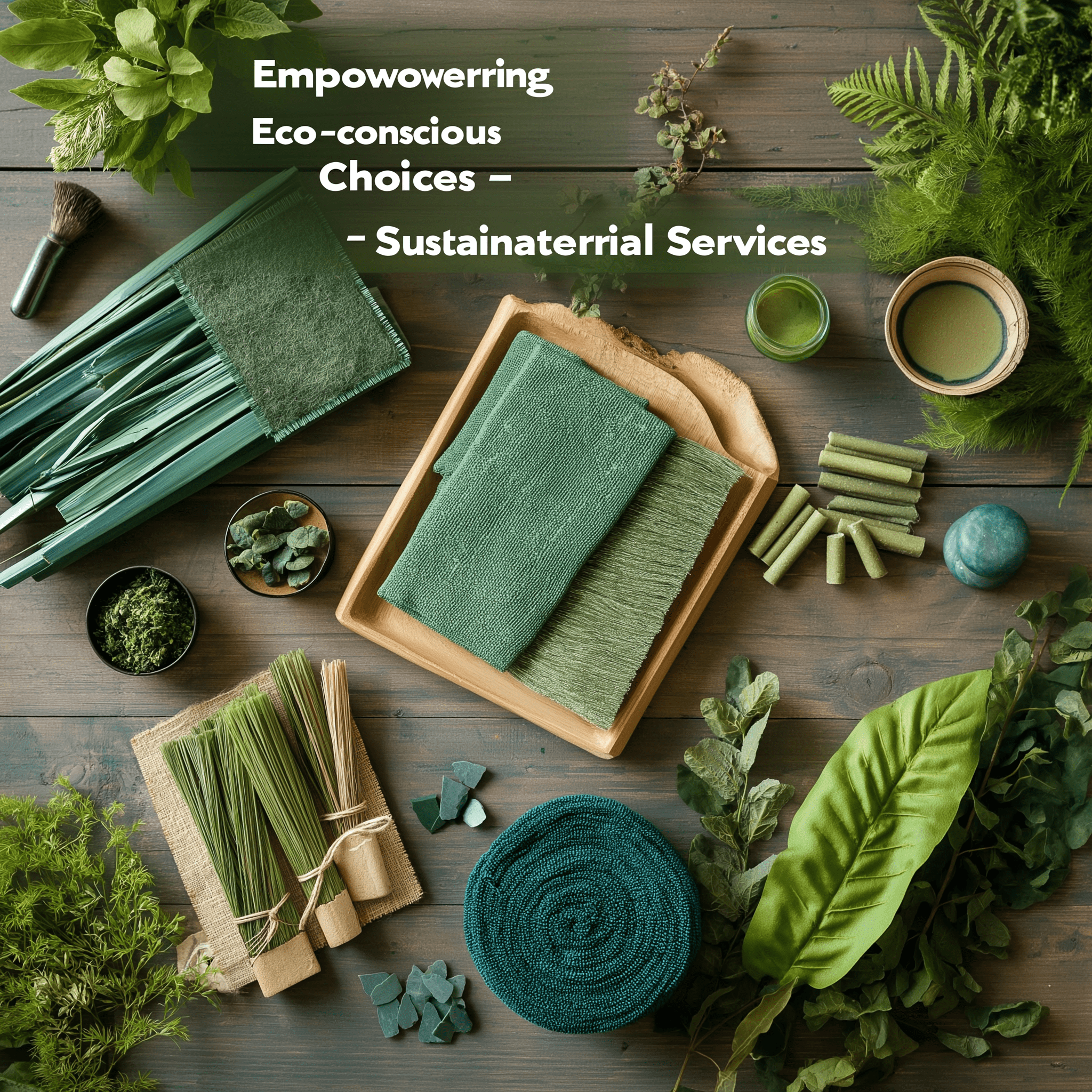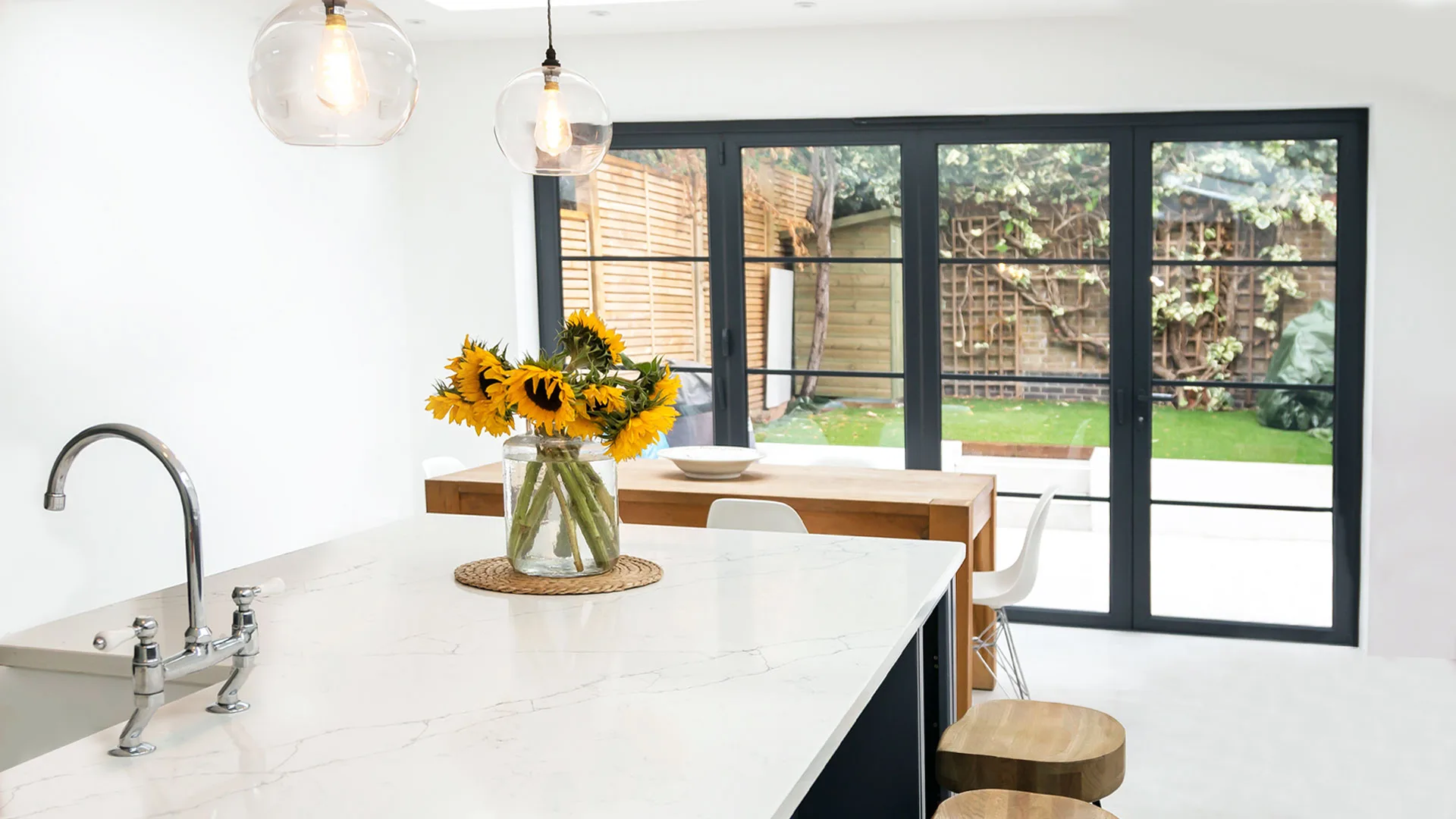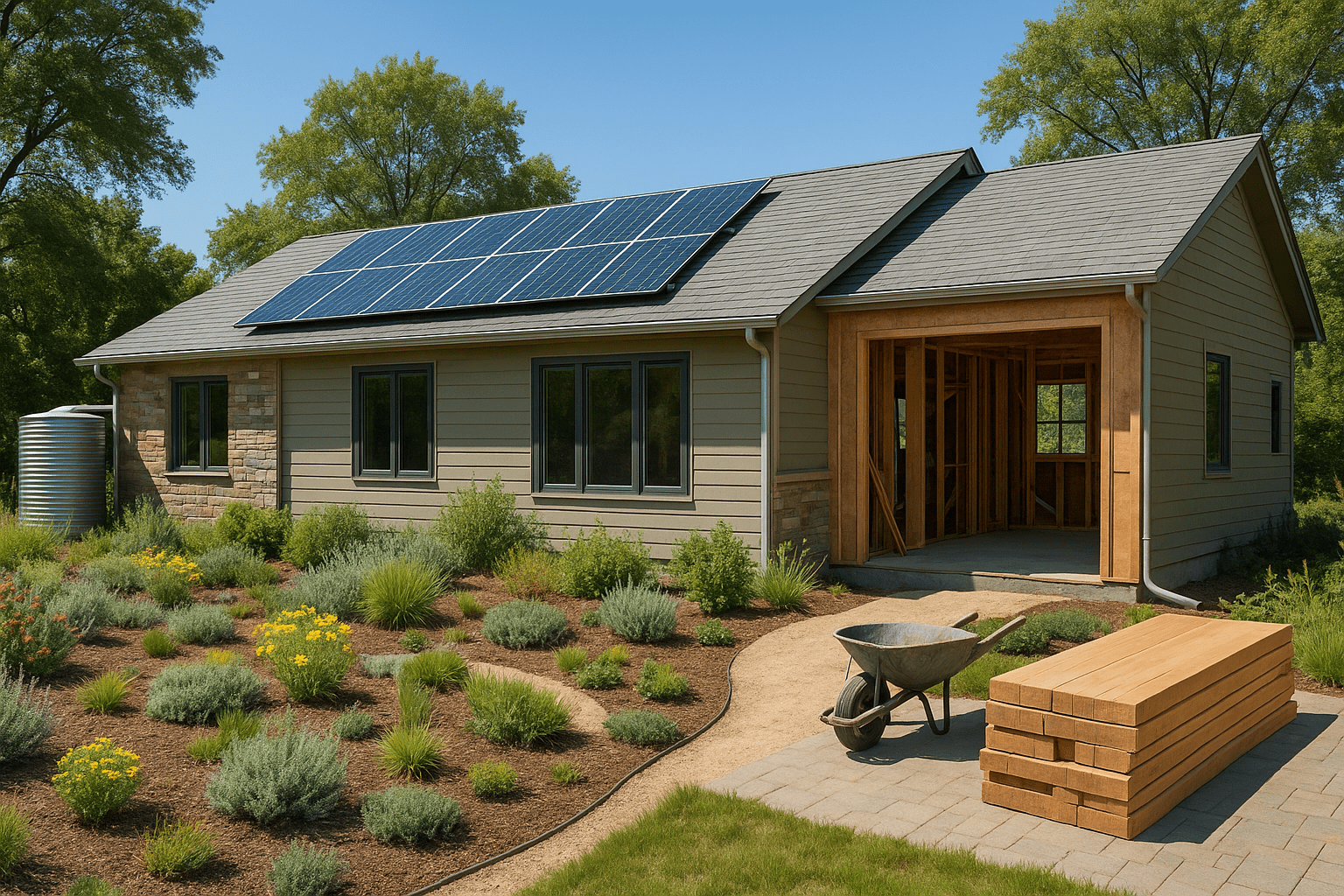## Green Material Selection & Consultation in London: Transforming Sustainability in Construction and Design
### Introduction
As global awareness of environmental issues continues to rise, the significance of sustainable practices in construction, architecture, and interior design has never been more prominent. One critical aspect of these sustainable practices is selecting and using green materials. In a bustling metropolitan city like London, the demand for eco-conscious solutions is increasing as more clients and organizations seek buildings, homes, and spaces that minimize ecological impact. Therefore, **Green Material Selection & Consultation** services have become essential for forward-thinking businesses, architects, designers, and homeowners aiming to reduce their carbon footprint.
### What is Green Material Selection?
Green material selection is the process of identifying, sourcing, and utilizing building and design materials that are environmentally responsible throughout their lifecycle. This includes considering factors such as raw material extraction, manufacturing, transport, use, and eventual disposal or recycling. Green materials are often characterized by their low embodied energy, renewability, recyclability, low-toxicity, and overall performance in the context of human health and environmental protection.
### The Importance of Green Material Consultation
Selecting genuinely sustainable materials can be complex. Countless products on the market claim to be “eco-friendly,” but not all live up to their promises. **Green Material Consultation** provides guidance based on scientific research, lifecycle assessments, industry standards, and regulatory requirements. Experts in this field help clients navigate the complexity of certifications (such as BREEAM, LEED, FSC, and Cradle to Cradle), source locally available products, assess total cost-of-ownership, and avoid greenwashing traps.
Professional consultation ensures that both the environmental and performance criteria of materials are considered, which not only benefits the planet but can also improve indoor air quality, occupant health, and long-term operational costs.
### London: A Hub for Sustainable Innovation
London is not only the financial heart of the UK but also a leader in innovative architecture, design, and urban regeneration. As the city works to meet ambitious carbon reduction targets, builders and clients are looking for ways to incorporate green materials into both new builds and retrofits. Furthermore, compliance with government policies and ambitious targets set by the **Greater London Authority (GLA)** means that the demand for expertise in sustainable material selection has never been higher.
From public sector investments in green infrastructure to private developers targeting future-proofing and ESG (Environmental, Social, Governance) credentials, the city provides an exciting landscape for sustainable design.
### Key Aspects of Green Material Selection & Consultation
#### 1. Lifecycle Assessment (LCA)
A crucial part of green consultation is evaluating the lifecycle of any proposed material. This includes the environmental impact during extraction, transport, manufacturing, use, and disposal or recycling. Through LCA, consultants can recommend materials with the lowest overall environmental burden.
#### 2. Certification Guidance
Products and materials labelled with certifications such as **FSC®** (Forestry Stewardship Council), **PEFC** (Programme for the Endorsement of Forest Certification), **Cradle to Cradle**, or **Ecolabel** provide clients with assurance about environmental and social responsibility. Consultants help in identifying, specifying, and procuring certified materials.
#### 3. Local Sourcing
Using locally sourced materials reduces transportation emissions and supports the local economy. London has access to a growing supply chain for British-made or regionally sourced building materials, another factor considered during consulting.
#### 4. Indoor Air Quality
Selecting low-VOC (volatile organic compound) paints, adhesives, and finishes prevents the “sick building syndrome” and supports occupant health. This is especially vital in urban environments like London where external air pollution is already a concern.
#### 5. Circular Economy and Reuse
Sustainable material selection is not just about “new” products but also about reusing existing materials and designing for disassembly. Consultants may recommend reclaimed wood, recycled metals, or modular systems that allow for future reconfiguration, decreasing landfill waste and resource extraction.
#### 6. Cost-Benefit Analysis
Green materials may have higher upfront costs, but they often bring long-term savings in maintenance, durability, and energy use. A consultant can help clients see the “whole of life” value, making the financial case for sustainable options.
### Practical Applications: Case Studies in London
1. **Residential Projects**: Many new homes in London now incorporate green insulation like sheep’s wool, hempcrete, and recycled glass. Flooring materials like sustainably harvested timber and bamboo reduce the ecological impact.
2. **Office Fitouts**: Companies with strong sustainability goals are choosing furniture made from recycled or rapidly renewable materials, low-energy lighting solutions, and eco-friendly carpeting.
3. **Public Spaces**: Parks and civic spaces increasingly use recycled aggregates, permeable pavements, and locally made bricks or pavers.
### The Role of Consultation: From Vision to Execution
A consultant’s work does not stop at making recommendations. They bridge the gap between architects, designers, suppliers, and contractors, ensuring that the chosen materials are used correctly and conform to all relevant standards. This collaboration helps prevent mistakes during installation and maximizes the environmental benefit.
### Meeting Regulatory and Client Needs in London
London’s particular mix of old and new buildings brings special challenges—for instance, balancing the need to preserve historical features with the drive for modern sustainability. Expert material consultants understand these nuances and tailor their advice accordingly, ensuring compliance with both UK Building Regulations and local council requirements.
### Future Trends in Green Materials
Emerging technologies and materials are constantly shifting the landscape. Innovations such as bioplastics, self-healing concretes, algae-based panels, and insulating aerogels are being tested in pilot projects. In London, forward-looking consultants keep clients updated with the latest developments, providing a competitive edge.
### Conclusion
With environmental sustainability at the top of strategic agendas for businesses, landlords, homeowners, and governments in London, **Green Material Selection & Consultation** services play a crucial role. They help clients create spaces that are not only beautiful and functional but also respectful to the planet.
Whether you are planning a new building, refurbishment, or interior fit-out, working with an expert in green materials ensures you make informed, responsible, and future-proof choices. London’s commitment to sustainability makes it a fertile ground for these services, benefiting both people and the environment for generations to come.








